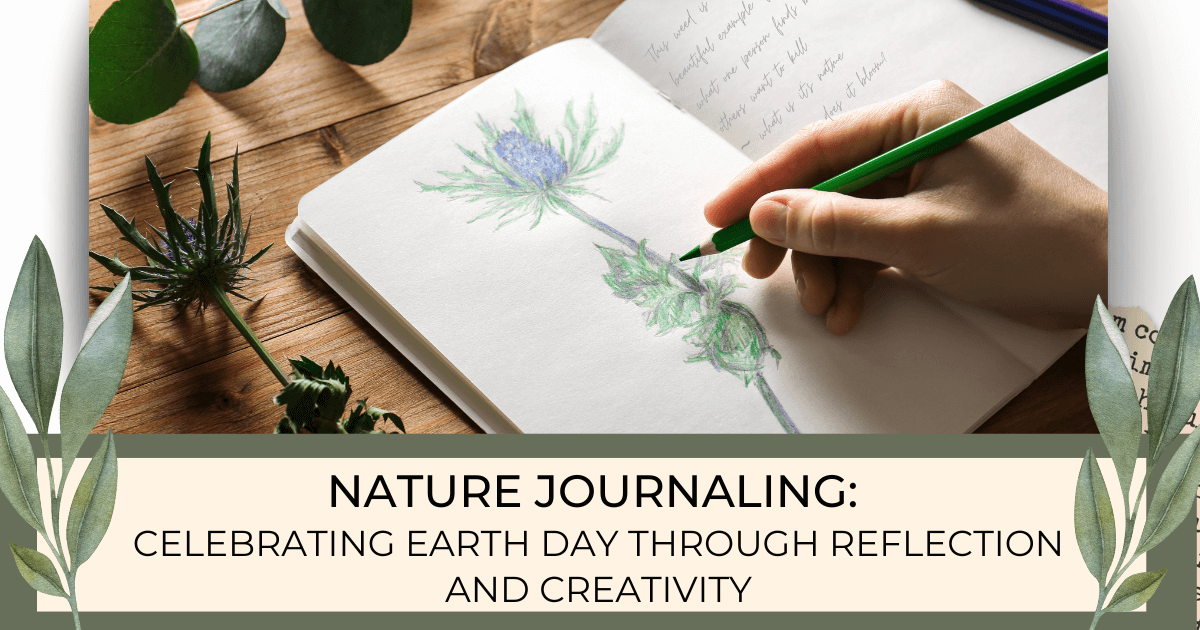
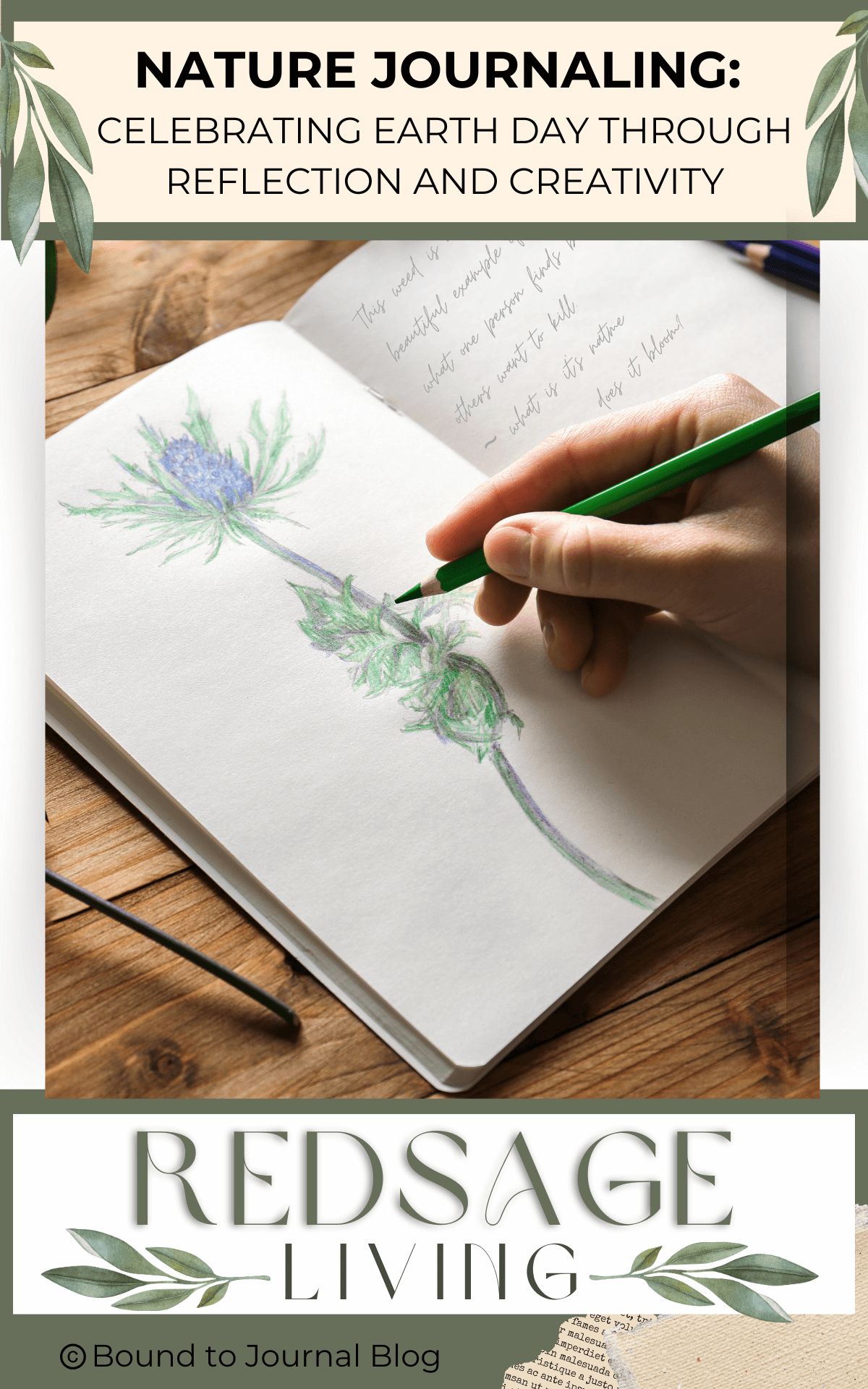 As Earth Day approaches, it’s the perfect time to embrace nature journaling and explore how this creative practice can deepen our connection to the environment.
As Earth Day approaches, it’s the perfect time to embrace nature journaling and explore how this creative practice can deepen our connection to the environment.The Benefits of Nature Journaling
Nature journaling is a powerful practice that encourages us to slow down and connect with the world around us. Here’s why it’s beneficial:
- Mindfulness and Presence: Journaling in nature helps cultivate mindfulness. When you focus on your surroundings—the sights, sounds, and smells—you become more connected to your senses, begin experiencing the moment without outside chatter, and begin to reduce stress and anxiety.
- Enhanced Creativity: The natural world is a rich source of inspiration. Observing and documenting nature can spark creativity and new ideas, making it an excellent practice for artists and writers alike. Focusing on the unique details of a full landscape or a single leaf or flower helps you slow down, examine specific subtleties more closely, and record the details more descriptively.
- Environmental Awareness: By recording your observations, you develop a deeper appreciation for the environment, observing subtle changes in growth and development. When your nature journaling becomes part of your routine, you'll begin to notice changes in the environment, which activities and habits keep the area healthy, and which have a detrimental effect. This awareness can motivate you to take action in protecting our overall planet.
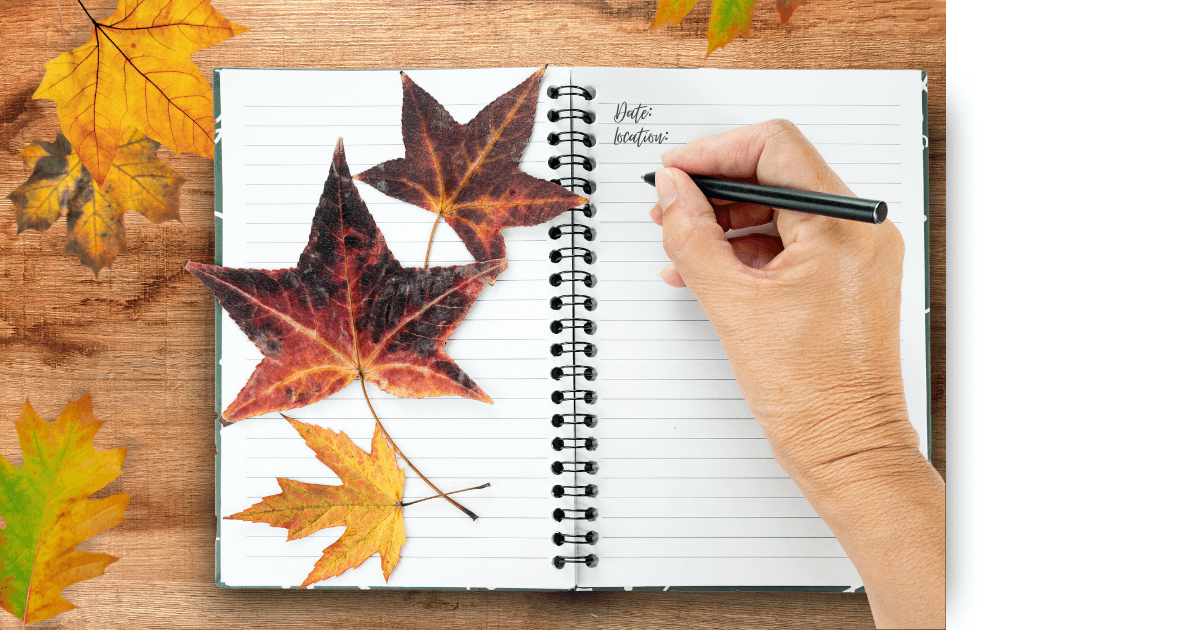
Journaling Prompts for Earth Day
Consider trying one of these prompts for reflection and creativity:
- "Do you remember the first time you heard about Earth Day?" Was it in school? What grade? Which teacher? What part of the discussion or activities stuck with you?
- "Do you have a favorite outdoor journaling spot?" Describe your outdoor journaling experiences, the location, and the overall memory. Is there a place somewhere in the world that you'd like to spend time journaling in nature?
- "List three things you can do to care for the environment." This might be a habit, even a small habit, you used to practice, but have not sustained. Is there something you'd like to learn more about? Is there something simple that you can model that will help others learn about caring for the environment? Is there something you'd like to plant that will bring joy to you and the migrating butterflies, bees, or birds?
- "Sketch or describe a plant or animal you observe in your environment." This doesn't have to be a work of art. Simply focusing on the details while you sketch can enhance and train your observational skills and encourage mindfulness.

Techniques for Nature Journaling
Explore various techniques to make your journaling experience more enriching:
- Sketching and Drawing: Sketch what you see. Study the lines, colors, and textures of plants as if you were a science illustrator, comparing similarities and differences. It doesn’t have to be perfect; the goal is to capture the essence of the moment. Then, alongside your drawing, write about some aspect of your experience.
- Collage with Natural Materials: Collect leaves, flowers, or thin pieces of bark like layers of birch to create collages in your journals. This tactile experience deepens your connection to nature.
- Gratitude Lists: Record the things in nature that you're grateful for.
- Record ideas that surface for your next nature journaling event: places you'd like to go, plants you'd like to study, or things you might need to prepare or bring before you go out again.
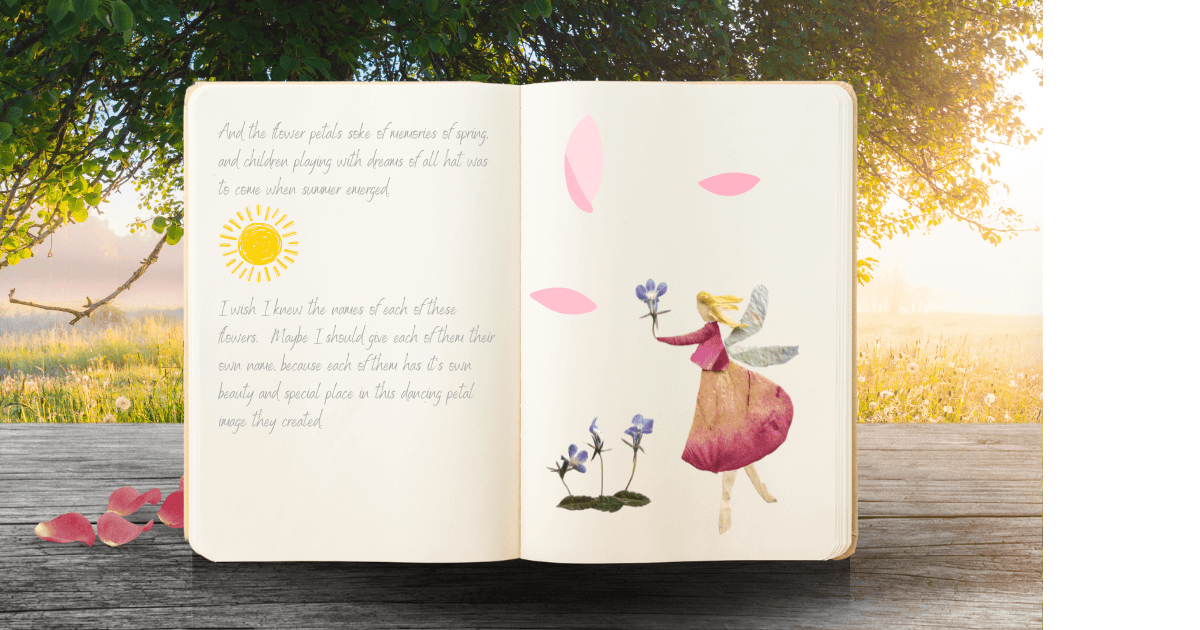
Creating an Eco-Friendly Journal
Sustainability can be achieved through journaling in various aspects, including your writing, structure, or physical content.
- Make their own journals using recycled paper or repurposed materials, such as old book pages or cardboard covers.
- Sustainable Supplies: Use eco-friendly pens, pencils, or watercolors.
- Sustainable Supplies: Purchase a refillable metal mechanical pencil or opt for traditional wooden pencils with wooden surrounds instead of plastic disposable ones.
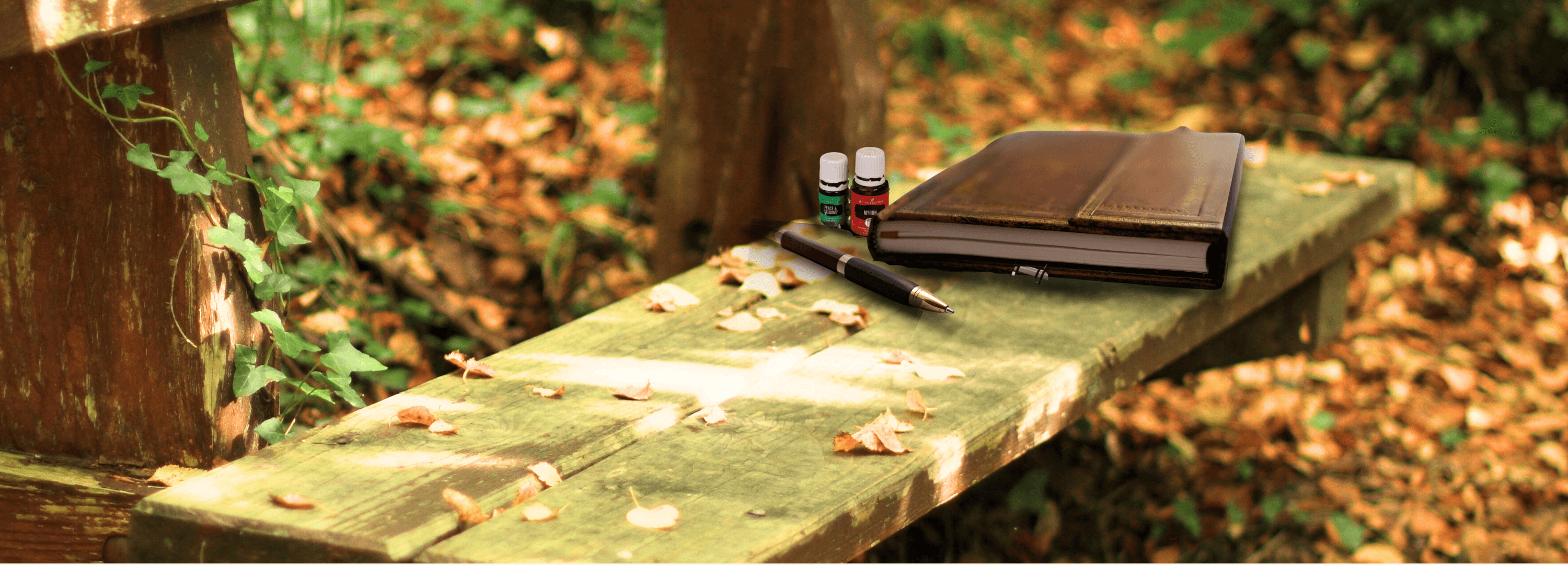
Incorporating Nature into Journaling Sessions
Enhance the journaling experience by spending time in nature:
- Choose a Quiet Spot: Find a peaceful outdoor location, whether a park, beach, deck, or garden, to write and reflect. Consider several options that would include:
- quick trips to the backyard or a window view from your home
- a walkable destination
- weekend getaway or vacation destinations
- Mindful Observation: Take a few moments to sit quietly and observe your surroundings before you begin writing. Check in with your senses to inspire deeper insights.
- Bring Nature Inside: If outdoor journaling isn’t possible, gather a few items from nature to bring indoors:
- Collect plants, flowers, branches, or stones to give you opportunities to continue your studies and observations indoors while creating a calming atmosphere for journaling.
- Focus on house plants, aquariums, or other nature-related indoor items
- Visit an arboretum, butterfly house, or greenhouse
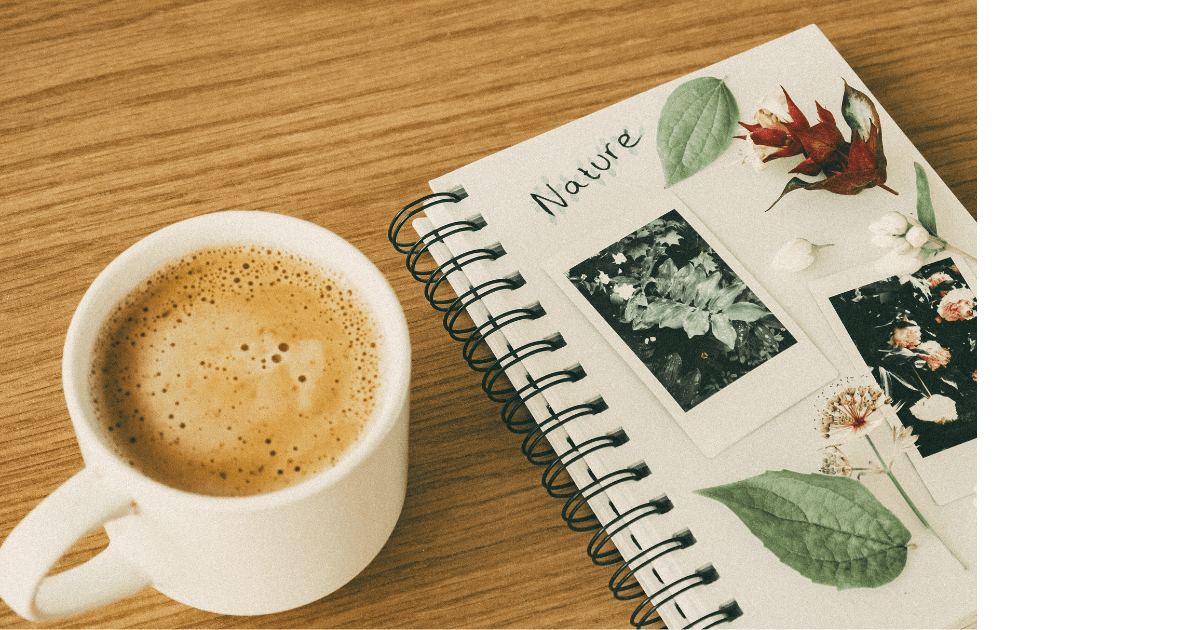
Earth Day is a designated day to recognize and identify the beauty and importance of nature while considering your options to help maintain and preserve that beauty for generations to come. Embrace nature journaling as a meaningful way to connect with the environment. By reflecting on your experiences and observations in nature, you can cultivate mindfulness, creativity, and a deeper appreciation for the planet.





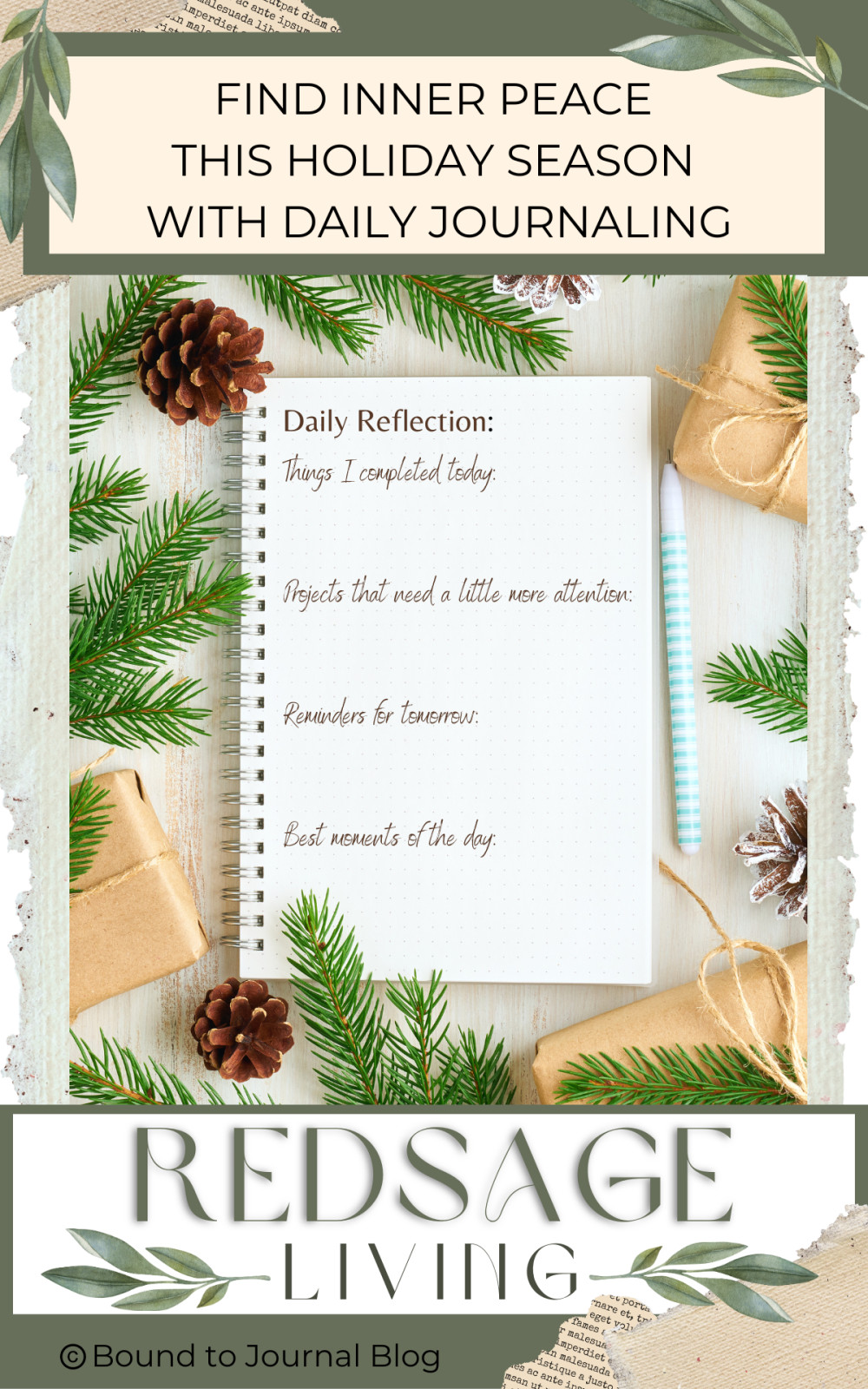




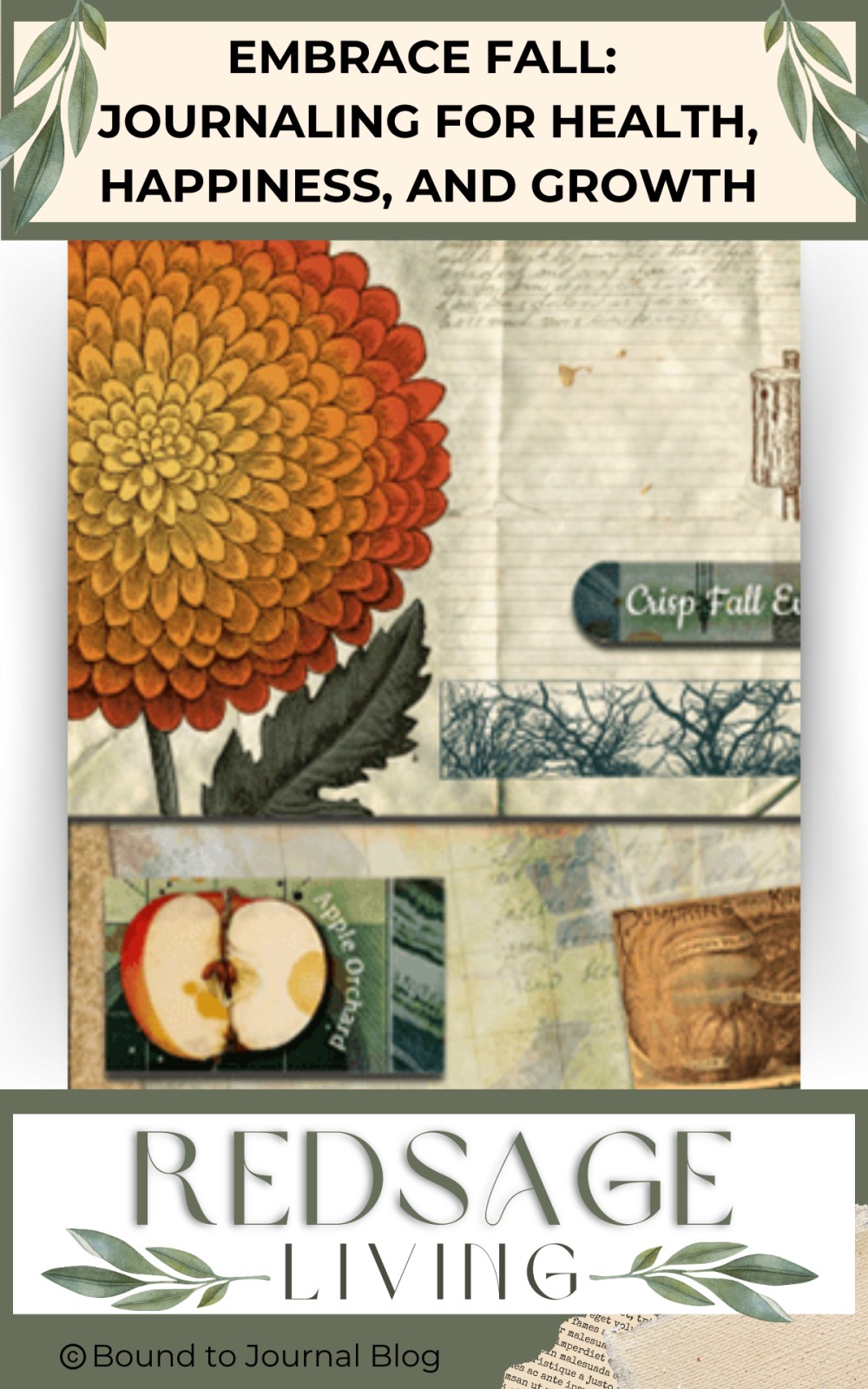
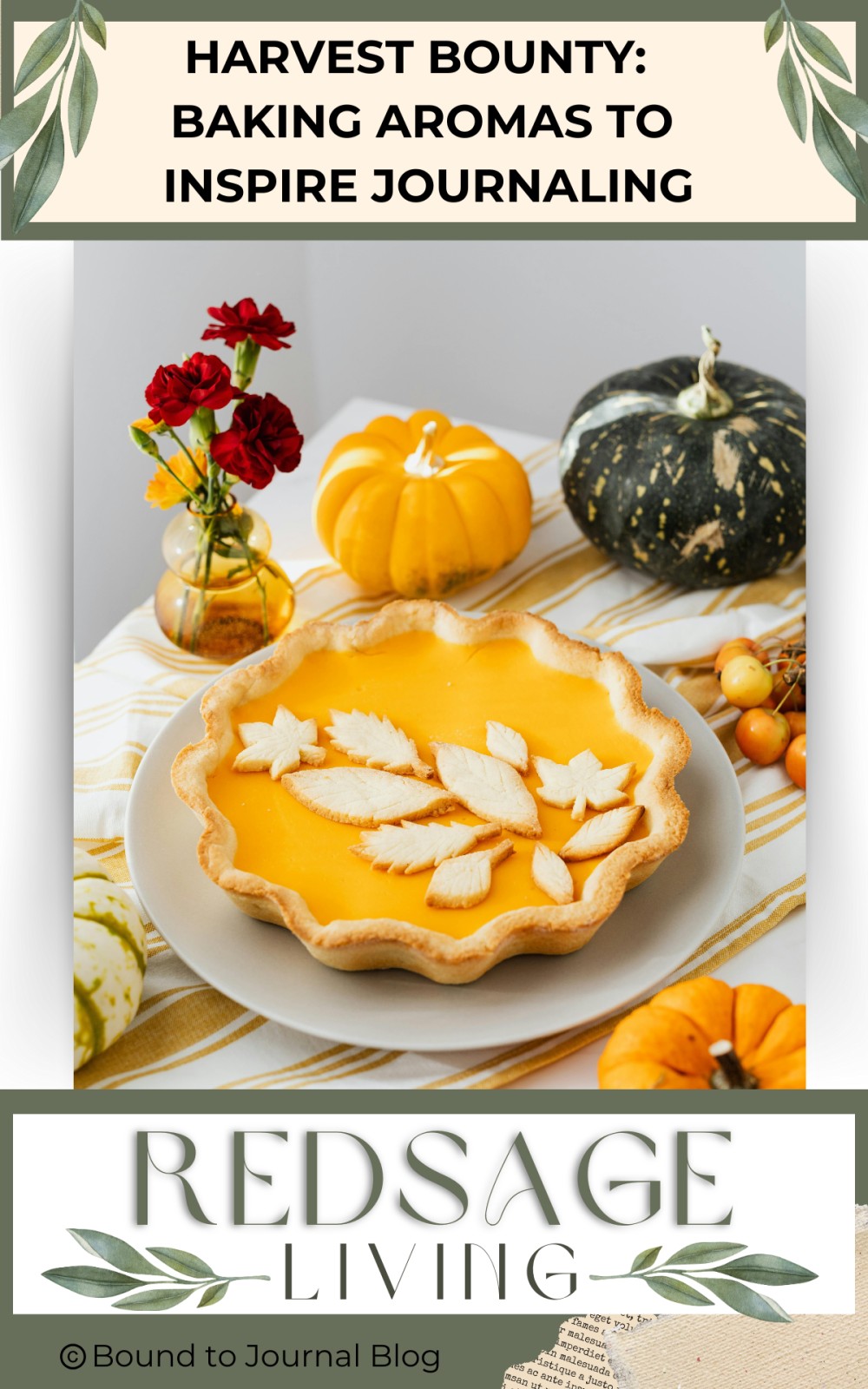
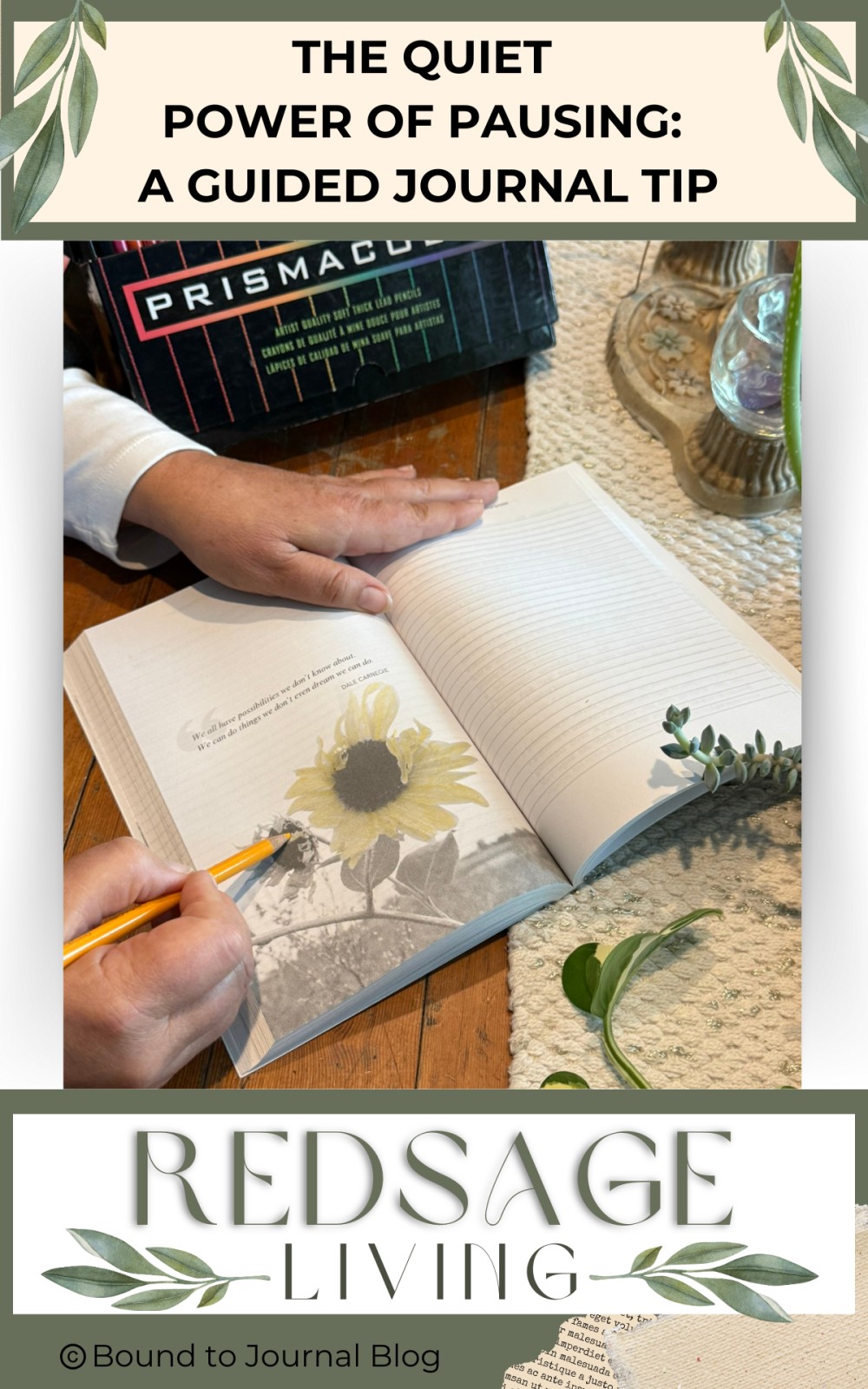


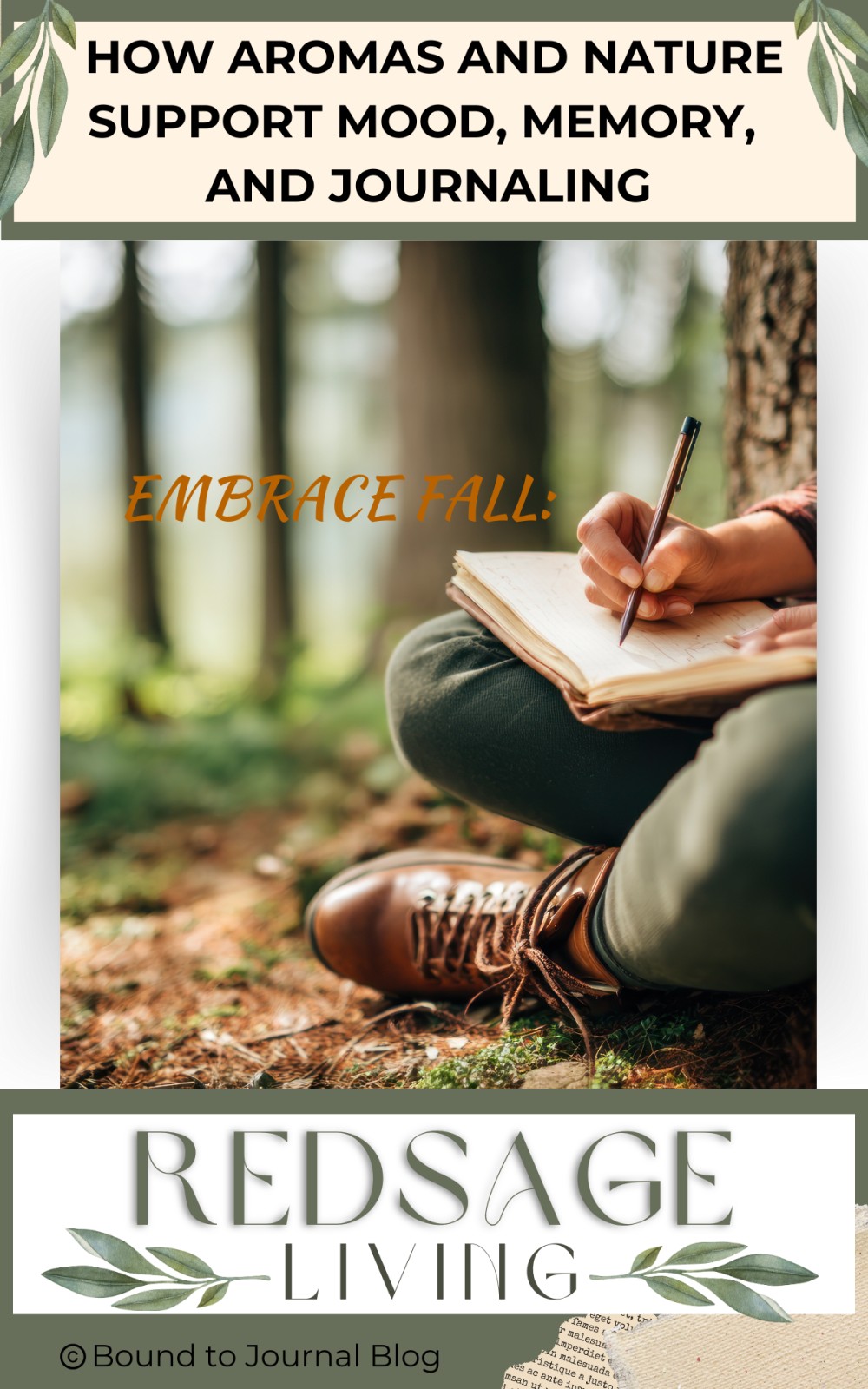

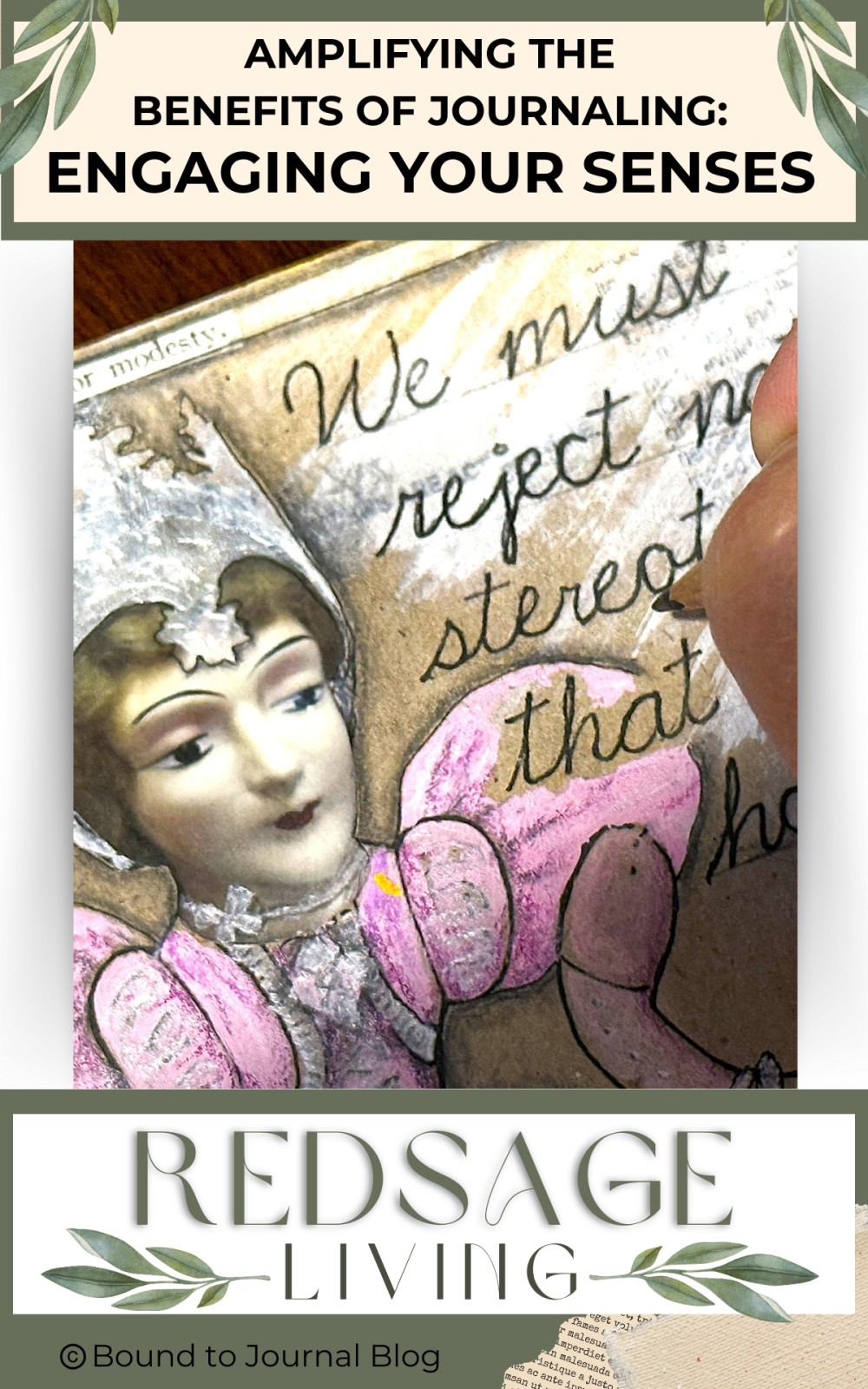


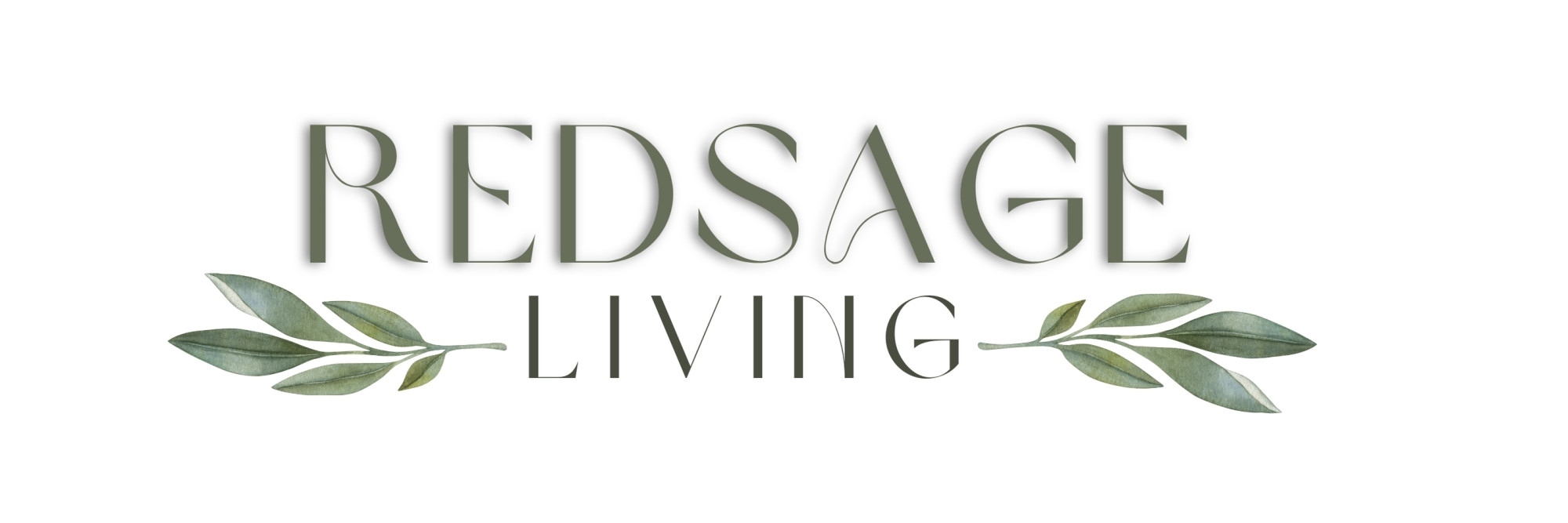

0 Comments